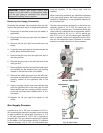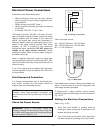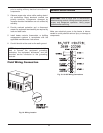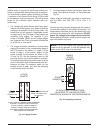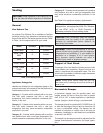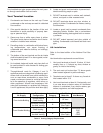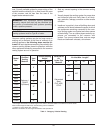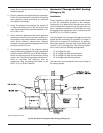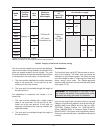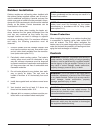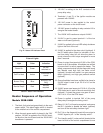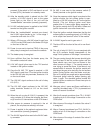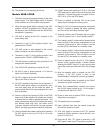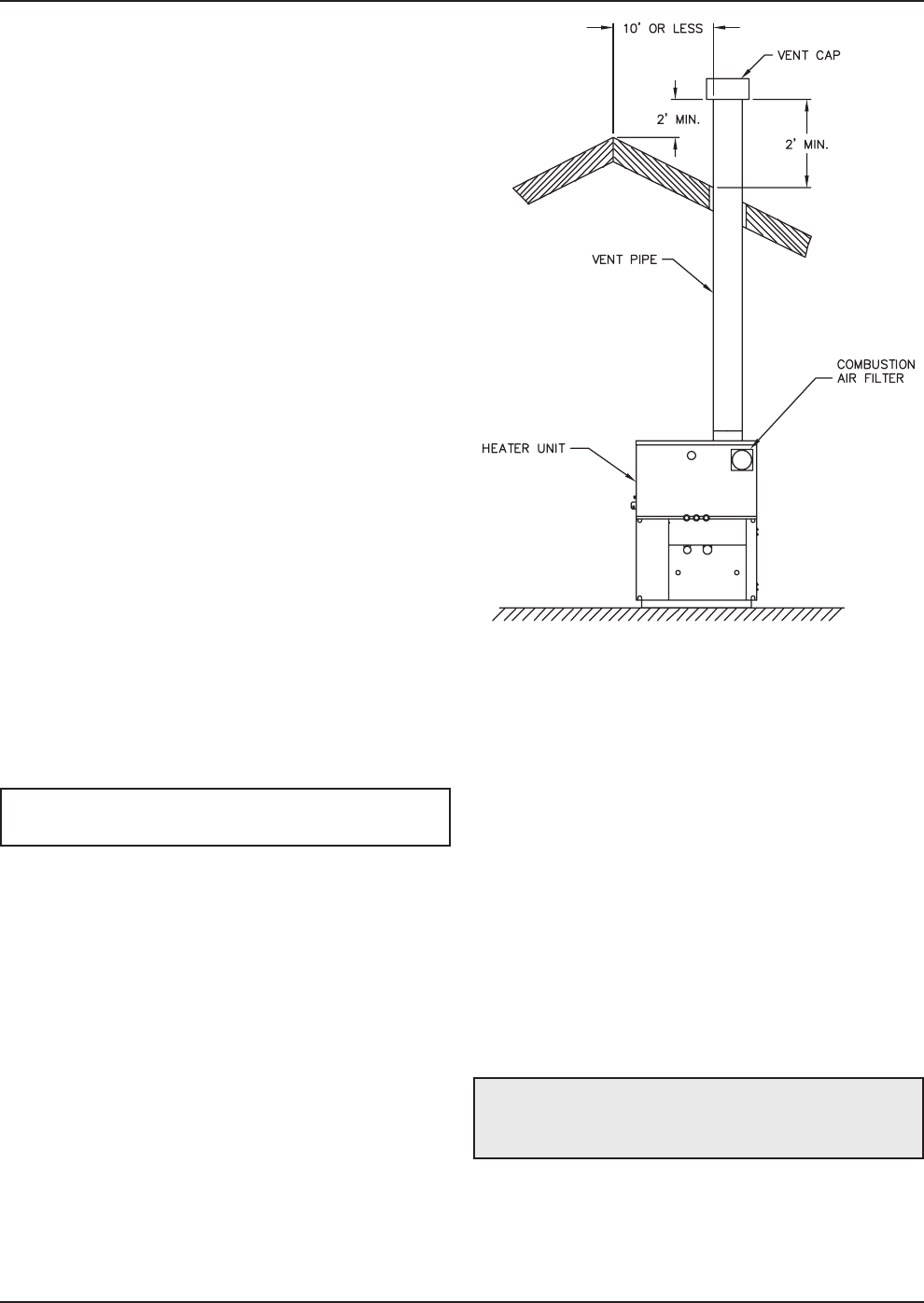
Venting Configurations
For heaters connected to gas vents or chimneys, vent
installations shall be in accordance with the NFGC
(U.S.), or B149 (Canada), or applicable provisions of
local building codes.
Natural Draft Vertical Venting
(Category I)
Installation
Natural draft venting uses the natural buoyancy of the
heated flue products to create a thermal driving head
that expels the exhaust gases from the flue. The nega-
tive draft must be within the range of -.01 to -.08 in.
WC as measured 12 in. above the appliance flue out-
let to ensure proper operation. Vent material must be
listed by a nationally recognized test agency.
28
Termination
The vent terminal should be vertical and should termi-
nate outside the building at least 2 ft above the highest
point of the roof that is within 10 ft. The vent cap
should have a minimum clearance of 4 ft horizontally
from and in no case above or below (unless a 4 ft hori-
zontal distance is maintained) electric meters, gas
meters, regulators and relief equipment. The distance
of the vent terminal from adjacent public walkways,
adjacent buildings, open windows and building open-
ings must be consistent with the NFGC (U.S.) or B149
(Canada). Gas vents supported only by flashing and
extended above the roof more than 5 ft should be se-
curely guyed or braced to withstand snow and wind
loads.
Common Venting System
Manifolds that connect more than one heater to a com-
mon chimney must be sized to handle the combined
CAUTION: A listed vent cap terminal, adequately
sized, must be used to evacuate the flue products
from the heaters.
The maximum and minimum venting length for Cate-
gory I appliances shall be determined per the NFGC
(U.S.) or B149 (Canada).
The diameter of vent flue pipe should be sized accord-
ing to the NFGC (U.S.) and B149 (Canada). The
minimum flue pipe diameter for conventional negative
draft venting using double-wall Type B vent is: 6 in. for
Models 399B and 499B, 8 in. for Models 649B, 749B
and 899B, 10 in. for Model 989B, 12 in. for Models
1259B and 1529B, 14 in. for Models 1799B, 1999B
and 2069B, and 16 in. for 2339B.
The connection from the appliance vent to the stack
must be as direct as possible and shall be the same di-
ameter as, or larger than, the vent outlet. The
horizontal breaching of a vent must have an upward
slope of not less than 1/4 inch per linear foot from the
heater to the vent terminal. The horizontal portions of
the vent shall also be supported for the design and
weight of the material employed to maintain clear-
ances and to prevent physical damage or separation
of joints.
NOTE: A vent adapter (field-supplied) must be used
to connect Type B vent to the unit.
Fig. 25: Natural Draft Vertical Venting
(Category I)



